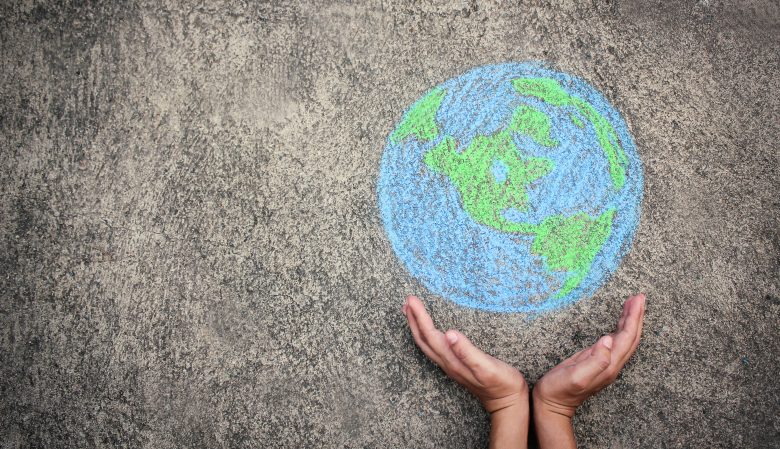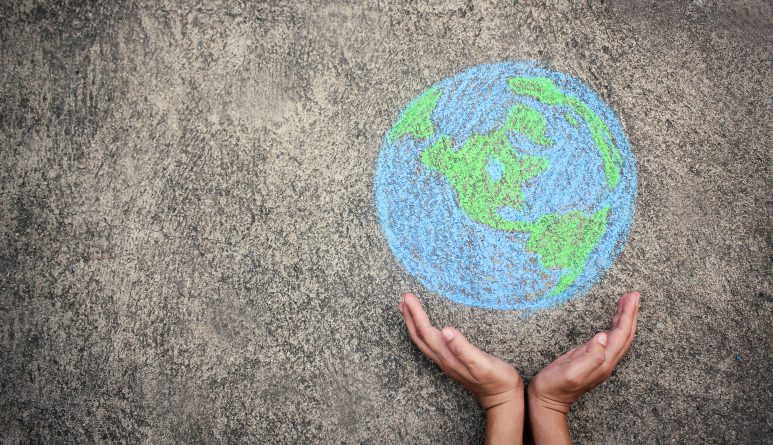By Milica Pesic, Media Diversity Institute Executive Director
Can the media do a better job of covering climate change? It’s not a new question, but one that I think desperately needs to be asked again. The answer is yes. It’s urgent, we shouldn’t waste any more time and, more importantly, we need to do more to hear the voices of those who are affected, but who are not heard at all, not enough or simply used as illustrations for some data, not as equal parties in the media coverage of the problem.
The media needs to urgently evaluate how it covers environmental issues. Of course some do it incredibly well, but sadly many could do much better and perhaps take a more imaginative approach to storytelling. And that’s where working with artists could come in.

Recent news stories have focused on some of those affected by climate change – the Swiss women, known as KlimaSeniorinnen and aged over 64, won a climate case victory in the European Court of Human Rights and those speaking at a historic hearing on climate change by the inter-American court of human rights. But many more people, including marginalised and indigenous communities, still feel underrepresented.
Artistic approaches to inclusive storytelling
I recently hosted a panel discussion at UNESCO’s World Press Freedom Day in Santiago, Chile, in which co-founder of Mapuche Youth organisation Wechekeche Ka Itrofillmongen (Youth and Biodiversity) Rayen Rupayan said she and her community feel invisible when it comes to media coverage of issues affecting them, including the environment.
Having promoted diversity and inclusion in the media through Media Diversity Institute for decades, I’m surprised by how far we still have to go. When it comes to climate change, the lack of diversity leads to important voices being ignored and their efforts to mitigate and address climate change going unnoticed by the wider community.
As Todd Henry, one of our panellist and a photographer based in New Zealand who works with Pacific islanders to tell their stories, says, it’s important not to show people as victims, but to tell their stories of resilience, providing solutions and hope for others.
“To really convey the message about climate change we need to think about different forms of storytelling,” says Karla Mendes, MDI panellist and an investigative and feature reporter for Mongabay.com in Brazil.
The role of arts and culture in social change
One of the ideas that we focused on in Chile was to bridge media and culture. Panellists warned that audiences experienced information fatigue and many environmental stories are just not attracting the level of interest that they should. By working with journalists from the research stage, artists can visually represent issues and stories in original and interesting ways, appealing to more people and creating an emotional link.
In 2014, the authors of a Culture Group report noted: “Politics is where some of the people are some of the time. Culture is where most of the people are most of the time.” As Todd Henry says: “art and culture have the means to shift people’s attitudes.”
Boris van Westering, MDI panellist and a climate journalism development expert from The Netherlands, says working together showcases what culture and art can do with journalistic material. It can create impact with high quality reporting.
As the media continue to adapt to reach wider audiences, it is worth trying to build bridges between media and culture. But of course the media shouldn’t forget about inclusivity and diversity, paying particular attention to the inclusion of indigenous and marginalised voices, as they are among those most affected by the climate crisis.
With the world facing growing challenges from the impact from climate change there’s no time to waste.
Picture from Shutterstock.com

